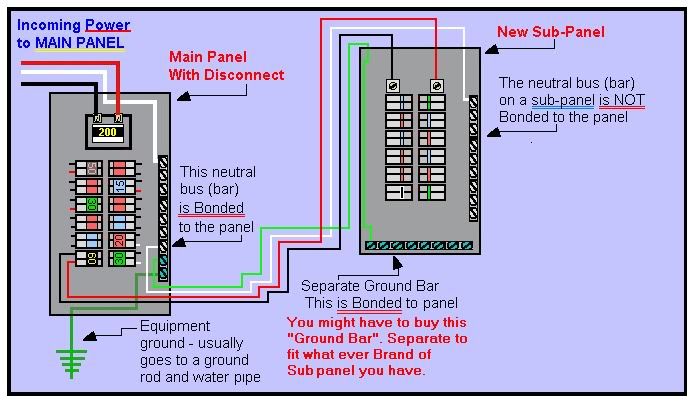My 1980's vintage pool wiring is in poor condition, and has had several questionable changes made by the previous homeowner.
The current configuration is as follows
Conduit running from panel in the house contains 7 wires
1 - Black (part of 220 line)
2 - Red (part of 220 line)
3 - White (part of 220 line)
4 - Green (part of 220 line)
5 - Black (120)
6 - White (120)
7 - Green (120)
The 120 line feeds to a GFCI breaker then a Switch (Black) then the pool light
The 220 line feeds one leg (Black) to the LINE 1 on an intermatic mechanical timer the other leg (Red) to LINE 2.
Load 1 on the timer and Load 2 feed to an old Side Mount box with 2 glass fuses one for each leg. then to a DPDT switch.
The DPDT switch feeds one line to the pump motor, the other leg to the Heater.
Effectively they are using the 220 line as 2 - 120 circuits.
I plan on replacing the Glass fuses and switch with a Pool/Spa breaker box w/gfci.
2 questions.
The Pool/Spa Boxes sold at the Big box stores all seem to be 50 or 60 amp. Yet my pump and heater are more like 15 amps. Why would I use such a large breaker when the load is expected to be 15 amps?
and - Can I safely continue using the 220 line as 2 separate 120 circuits
Thanks for your help.
The current configuration is as follows
Conduit running from panel in the house contains 7 wires
1 - Black (part of 220 line)
2 - Red (part of 220 line)
3 - White (part of 220 line)
4 - Green (part of 220 line)
5 - Black (120)
6 - White (120)
7 - Green (120)
The 120 line feeds to a GFCI breaker then a Switch (Black) then the pool light
The 220 line feeds one leg (Black) to the LINE 1 on an intermatic mechanical timer the other leg (Red) to LINE 2.
Load 1 on the timer and Load 2 feed to an old Side Mount box with 2 glass fuses one for each leg. then to a DPDT switch.
The DPDT switch feeds one line to the pump motor, the other leg to the Heater.
Effectively they are using the 220 line as 2 - 120 circuits.
I plan on replacing the Glass fuses and switch with a Pool/Spa breaker box w/gfci.
2 questions.
The Pool/Spa Boxes sold at the Big box stores all seem to be 50 or 60 amp. Yet my pump and heater are more like 15 amps. Why would I use such a large breaker when the load is expected to be 15 amps?
and - Can I safely continue using the 220 line as 2 separate 120 circuits
Thanks for your help.


 And there did not used to be any GFCI on the pool light.
And there did not used to be any GFCI on the pool light. 